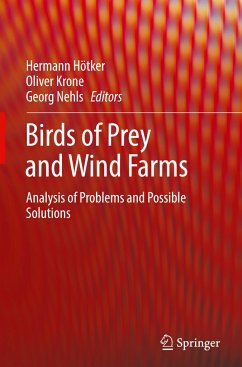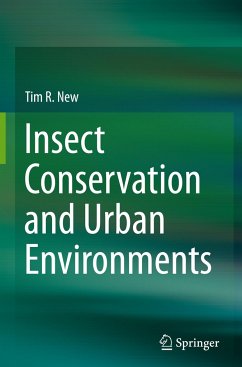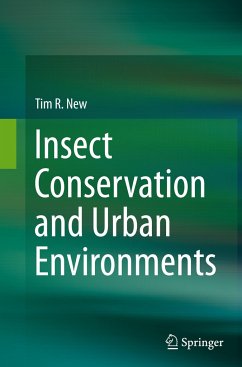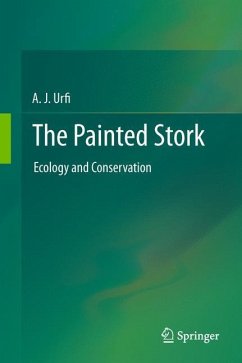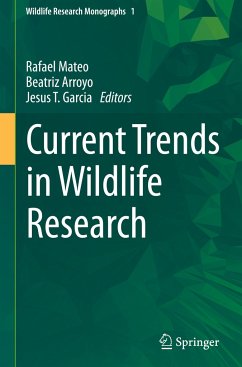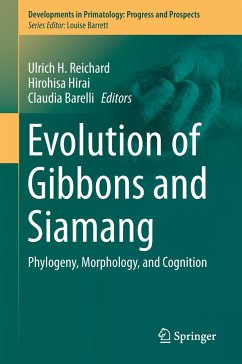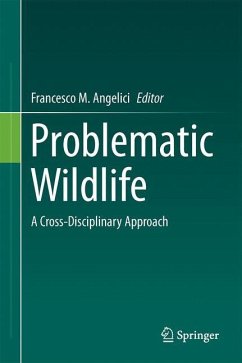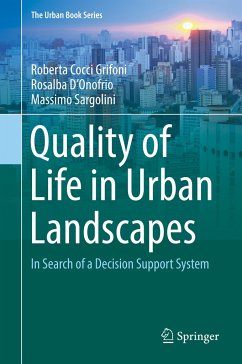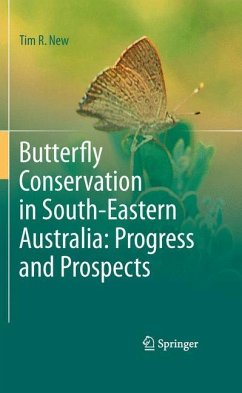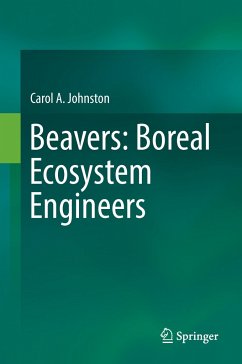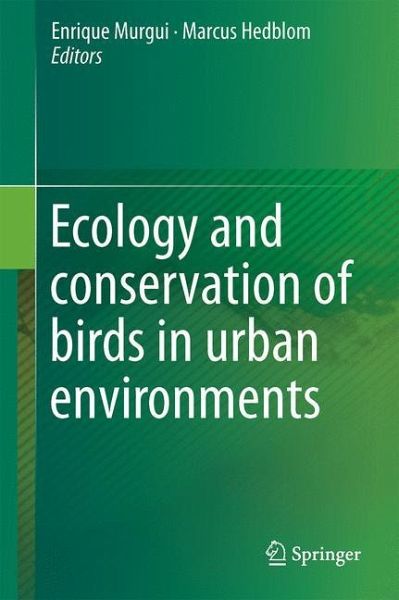
Ecology and Conservation of Birds in Urban Environments

PAYBACK Punkte
87 °P sammeln!
This book provides syntheses of ecological theories and overarching patterns of urban bird ecology that have only recently become available. The numerous habitats represented in this book ranges from rows of trees in wooded alleys, to wastelands and remnants of natural habitats encapsulated in the urban matrix. Authored by leading scientists in this emergent field, the chapters explore how the characteristics of the habitat in urban environments influence bird communities and populations at multiple levels of ecological organization and at different spatial and temporal scales, and how this in...
This book provides syntheses of ecological theories and overarching patterns of urban bird ecology that have only recently become available. The numerous habitats represented in this book ranges from rows of trees in wooded alleys, to wastelands and remnants of natural habitats encapsulated in the urban matrix. Authored by leading scientists in this emergent field, the chapters explore how the characteristics of the habitat in urban environments influence bird communities and populations at multiple levels of ecological organization and at different spatial and temporal scales, and how this information should be incorporated in urban planning to achieve an effective conservation of bird fauna in urban environments.
Birds are among the most conspicuous and fascinating residents of urban neighborhoods and provide urban citizens with everyday wildlife contact all over the world. However, present urbanization trends are rapidly depleting their habitats, and thus knowledge of urban bird ecology is urgently needed if birds are to thrive in cities.
The book is unique in its inclusion of examples from all continents (except Antarctica) in an effort to arrive at a more holistic perspective. Among other issues, the individual chapters address the censusing of birds in urban green spaces; the relationship between bird communities and the structure of urban green spaces; the role of exotic plant species as food sources for urban bird fauna; the influence of artificial light and pollutants on bird fauna; trends in long-term urban bird research, and transdisciplinary studies on bird sounds and their effects on humans. Several chapters investigate how our current knowledge of the ecology of urban bird fauna should be applied in order to achieve better management of urban habitats so as to achieve conservation of species or even increase species diversity. The book also provides a forward-looking summary on potential research directions. As such,it provides a valuable resource for urban ecologists, urban ecology students, landscape architects, city planners, decision makers and anyone with an interest in urban ornithology and bird conservation. Moreover, it provides a comprehensive overview for researchers in the fields of ecology and conservation of urban bird fauna.
Birds are among the most conspicuous and fascinating residents of urban neighborhoods and provide urban citizens with everyday wildlife contact all over the world. However, present urbanization trends are rapidly depleting their habitats, and thus knowledge of urban bird ecology is urgently needed if birds are to thrive in cities.
The book is unique in its inclusion of examples from all continents (except Antarctica) in an effort to arrive at a more holistic perspective. Among other issues, the individual chapters address the censusing of birds in urban green spaces; the relationship between bird communities and the structure of urban green spaces; the role of exotic plant species as food sources for urban bird fauna; the influence of artificial light and pollutants on bird fauna; trends in long-term urban bird research, and transdisciplinary studies on bird sounds and their effects on humans. Several chapters investigate how our current knowledge of the ecology of urban bird fauna should be applied in order to achieve better management of urban habitats so as to achieve conservation of species or even increase species diversity. The book also provides a forward-looking summary on potential research directions. As such,it provides a valuable resource for urban ecologists, urban ecology students, landscape architects, city planners, decision makers and anyone with an interest in urban ornithology and bird conservation. Moreover, it provides a comprehensive overview for researchers in the fields of ecology and conservation of urban bird fauna.





